Frost-resistant pear varieties
There is a widespread myth that harvesting ends with the first frost. This opinion is wrong. There are specially bred cold-resistant varieties and types of fruit crops that bear fruit even in late autumn. Among them are pear varieties. Selective work to find the best option has been going on for decades. The result is frost-resistant varieties with preserved taste and vitamin value.
The most popular cold-resistant pear varieties grown in our country are Tolstobezhka, Ussuriyskaya pear, Myth, Lel and Severyanka. Despite the frost, they grow well and do not lose their taste. They bear fruit well even in the Urals.
The Ussuriyskaya pear is considered to be the most frost-resistant. It withstood temperatures of -56 ° C in the 30s of the last century. The height of the tree reaches 10 meters. Depending on the soil, it begins to bear fruit at 10-20 g of life.
Tolstobezhka - grows quickly, fruits appear at 7-8 years old, high good yield.
The myth is a medium-sized tree. Begins to bear fruit 3-4 years after planting. Average frost resistance. The fruits ripen in mid-September and are stored for about three months. They have a table purpose - they boil compotes, preserves, jams, make dried fruits.
Lel is a rather capricious tree. It requires a lot of moisture. Flowers ripen later than other pears. Cons - a short shelf life of fruits (about a week) and heavy transportation. Pears of these varieties are good for compote.
Severyanka - begins to bear fruit 3-4 years after planting. They have high frost resistance, but the fruits are small, almost tasteless and crumble heavily. Fast-growing. The fruits can be used in any quality, they are versatile.



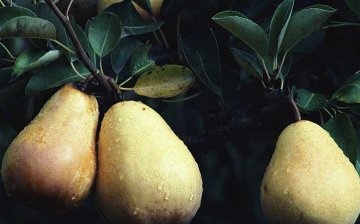
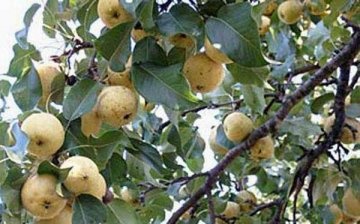
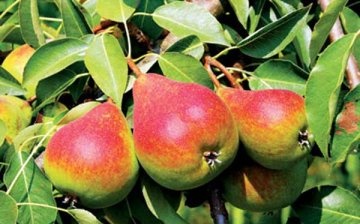
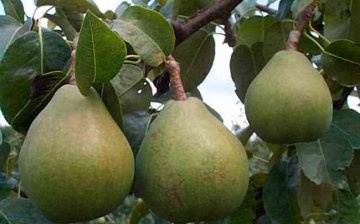
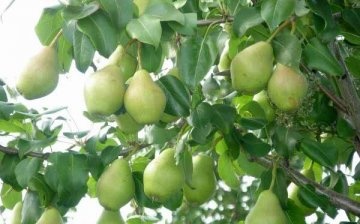





In our region, constant cold weather begins at the end of November, by this time the pear harvest has always been harvested, and frosts that have occurred since the beginning of October do not have time to cause serious harm to the fruit, although I did not try to select frost-resistant varieties.